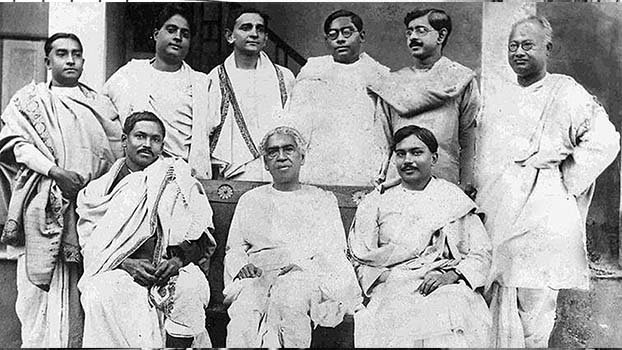Five interesting facts about Jagadish Chandra Bose

Indian scientist Sir Jagadish Chandra Bose was born 161 years ago, and became a world leader in telecommunications with innumerable achievements to his name.
Learning Bengali sparked his interest in nature
Bose’s father sent him to a vernacular school in Munshiganj at a young age, because he believed his son should know his own mother tongue before learning English.
“I listened spellbound to stories of birds, animals and aquatic creatures. Perhaps these stories created in my mind a keen interest in investigating the workings of Nature,” Bose later told a conference at Bikrampur in 1915.
He was denied access to labs because of his race
After joining the University of Calcutta as a Professor of Physics, Bose was often denied access to laboratories due to his race, as the British Empire continued to assert its control over Indian educational institutions.
The professor would resort to conducting elaborate experiments inside his lodgings: a 24 square foot room in downtown Calcutta, in which he struggled to house all his scientific equipment.
He was one of the ‘fathers of radio science’
There is a common misconception that the famous biophysicist is in some way connected with Bose, the modern technology company which makes high-quality headphones and sound equipment.
He understood that plants ‘feel pain’
Perhaps Bose’s greatest achievement was his invention of the crescograph, which allowed scientists to discover how the seasons and external stimuli affected plant life.
The scientist worked tirelessly to chart how chemical inhibitors, temperature and light change the way plants grow, and advise humans on how to better care for vegetation.
It paved the way for scientists to better understand how to cultivate crops in a more effective way, and encouraged people to take better care of plant life.
A small impact crater on the far side of the Moon is named after Bose.
The Bose Crater is located close to Crater Bhabha and Crater Adler and has a reported diameter of 91 kilometres.
The outer rim of the Bose Crater has become worn and the edges rounded by impacts, although the shape of the site has been well-preserved.



